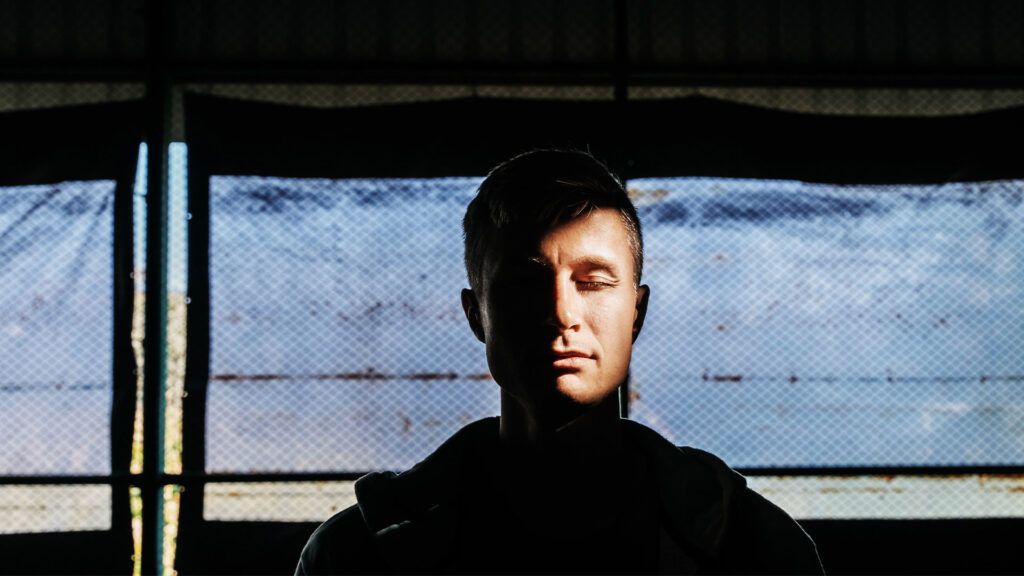Emerging evidence suggests certain early signs may predict the development of bipolar disorder. However, more research is necessary to better understand possible warning signs of this condition.
Diagnosing bipolar disorder presents several challenges. These include the varying presentation of symptoms from one person to another and similarities with other health conditions.
Researchers suggest bipolar disorder is a chronic disease. This means it worsens over time and, in theory, may present with early signs and symptoms in some people. The progression of bipolar disorder often slows or stops at a certain point.
Older studies suggest that predicting the condition’s development according to early signs is inadvisable. Future studies need to focus on better understanding what signs and symptoms may indicate the development of bipolar disorder.
This article reviews potential early signs of bipolar disorder, diagnostic criteria for the condition, and when to contact a doctor.

Bipolar type 1 disorder consists of periods or episodes of mania alternating with periods or episodes of depressive symptoms. It typically lasts for at least
A manic episode is one of the most important signs of bipolar type 1 disorder.
Common symptoms of a manic episode include:
- a decreased need for sleep
- racing thoughts
- talking quickly and changing the subject often
- feelings of elation or irritability
- feeling jumpy, wired, or full of energy
- excessive desire for pleasurable activities
- unusual feelings of power or self-importance
- feeling the ability to get a lot of things done without feeling tired
Some evidence suggests that a person may experience subsyndromal manic symptoms before their first full manic episode. Subsyndromal symptoms can include any of the above manic symptoms but fall short of the diagnostic criteria and will not interfere with a person’s daily routine.
Increased intensity of these symptoms without reaching full intensity may act as an early predictor of bipolar disorder. This is particularly true for at-risk groups, such as those with a family history of the condition.
However, the presence of these symptoms does not necessarily mean a person will develop bipolar disorder. Further studies must examine how warning signs and risk factors may help doctors identify and treat the condition earlier in its development.
Some evidence suggests that sleep disturbances present in children and teenagers may precede the development of bipolar disorder.
However, researchers need to collect more evidence supporting this claim.
Evidence suggests that children with anxiety may develop bipolar disorder later in life.
Researchers believe it relates more closely to the development of depression but may also precede bipolar disorder. However, not all children who experience anxiety will develop other conditions, such as bipolar disorder.
Bipolar disorders can present similarly to other mental health conditions, making diagnosis difficult.
For a doctor to diagnose bipolar type 1 disorder, a person
- the criteria for at least one manic episode
- hypomania, which is similar to manic episodes with less severe symptoms, or a major depressive episode that follows or precedes the manic episode
- another mood disorder or mental health condition cannot account for the symptoms
For a doctor to diagnose bipolar type 2 disorder, a person
- at least one hypomanic episode and one major depressive episode
- another disorder that cannot better explain the symptoms
- they must have never experienced a full manic episode
- depression or unpredictable mood changes account for significant distress
A person should consider talking with a doctor if they display symptoms that could indicate bipolar disorder. Doctors often often classify symptoms into manic and depressive types.
Depressive symptoms may
- feeling excessively tired
- feeling slowed down
- sadness or feeling down
- feeling hopeless or worthless
- difficulty concentrating and thinking
- sleep disturbances
- a loss of interest in pleasurable activities, which doctors call anhedonia
- forgetfulness
- feeling unable to complete simple tasks
These and other symptoms may be signs of various mental health conditions. To diagnose bipolar disorder, a doctor
Learn more about bipolar disorder
The following are some answers to common questions about bipolar disorder.
At what age does bipolar disorder start?
People typically develop their first symptoms of bipolar disorder before they turn 21 years of age.
How does bipolar disorder begin?
Studies indicate that bipolar often starts with a depressive episode. However, people present differently, and a doctor may not diagnose the condition until a manic episode occurs.
Identifying bipolar symptoms can be challenging due to differences in presentation and similarities to other disorders.
Bipolar disorder may not present with early symptoms in the same way for everyone. In combination with nonspecific symptoms, a person may experience issues with identifying early signs and warnings of bipolar disorder.
Future studies will likely explore the progressive nature of bipolar disorder and better narrow down potential warning signs of the condition. This could lead to developments in early treatment for the disorder.
